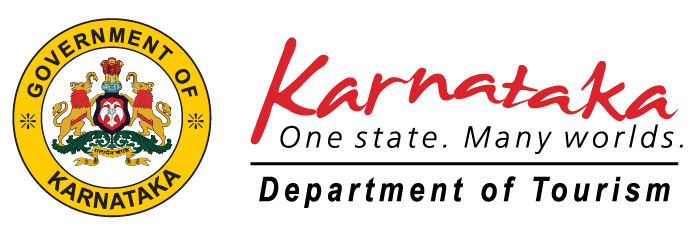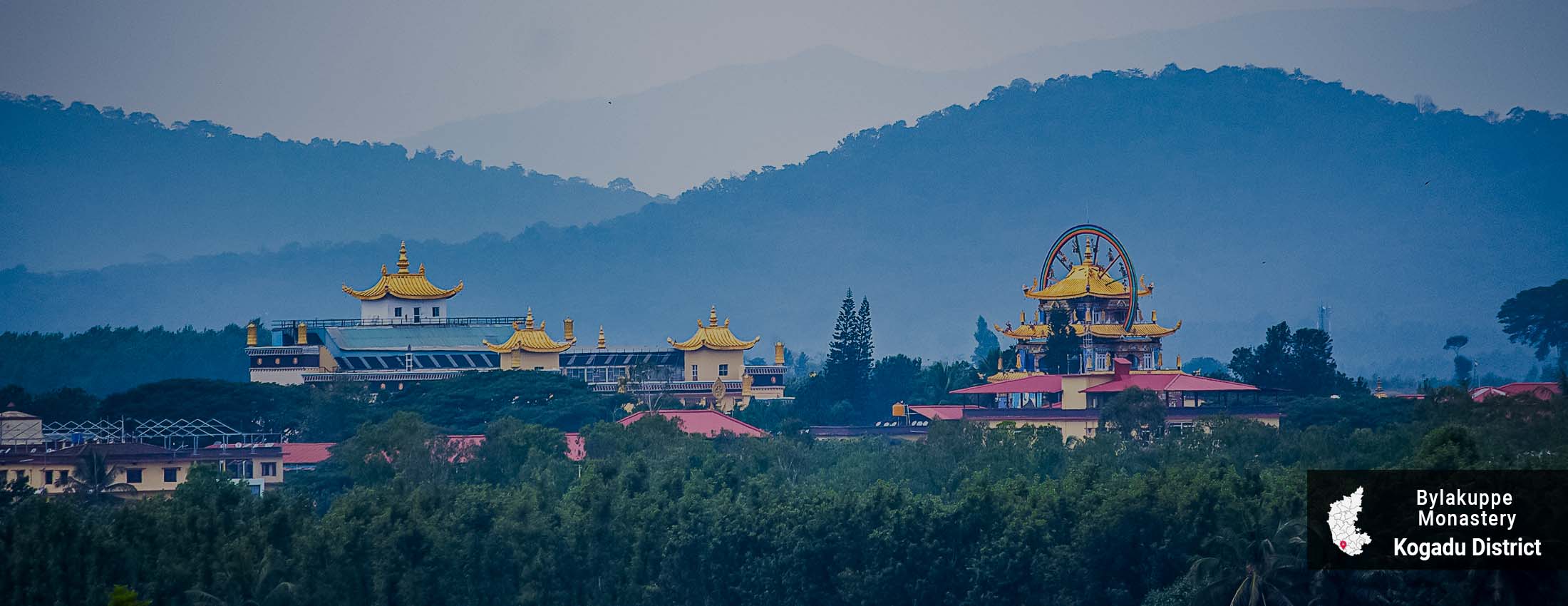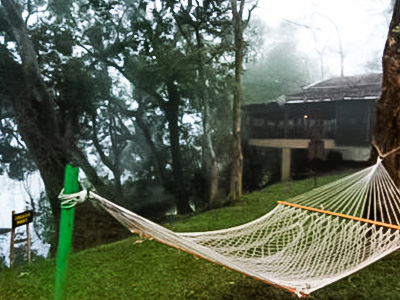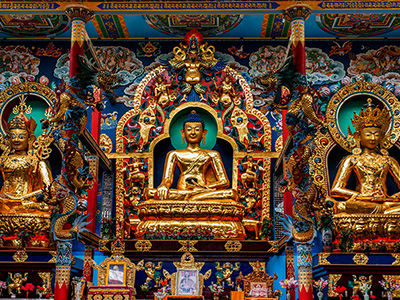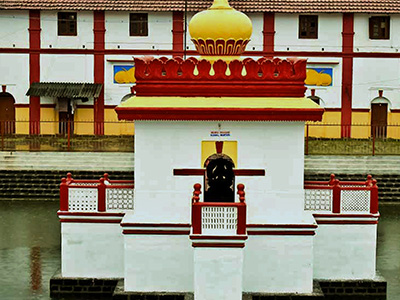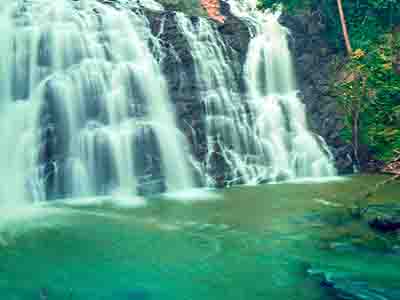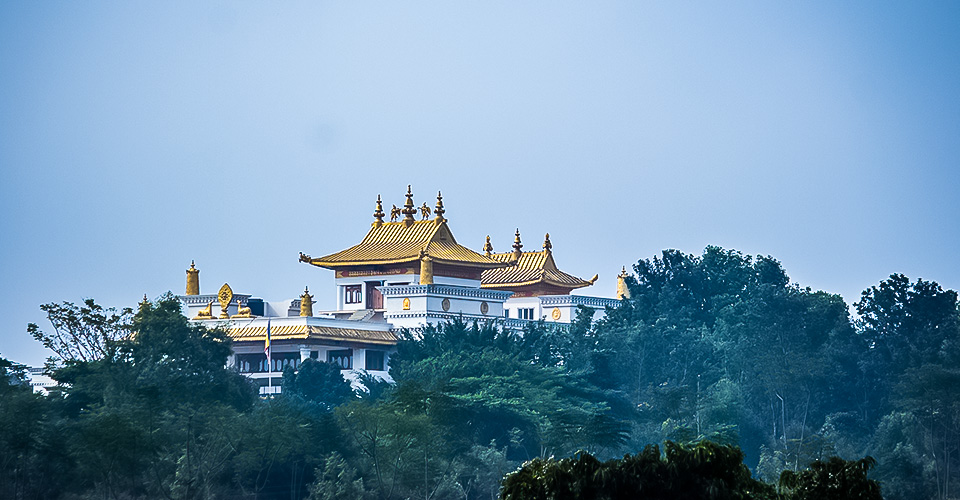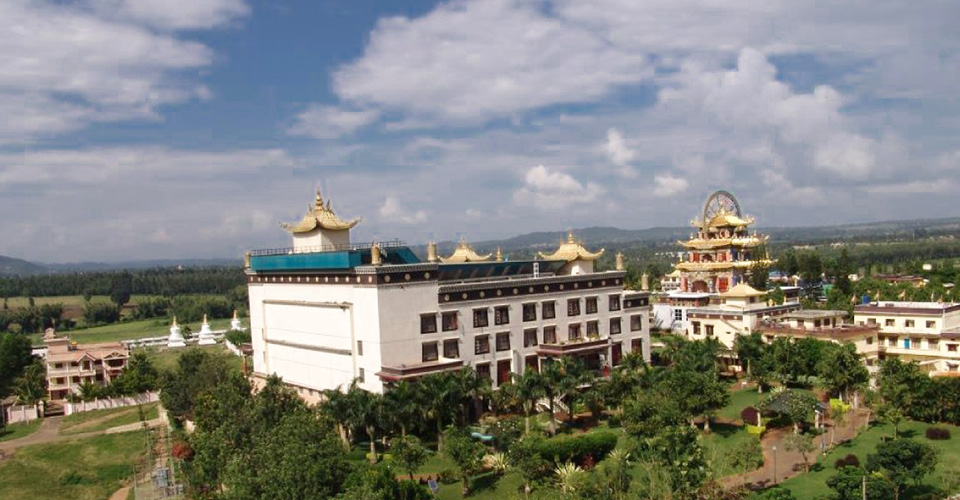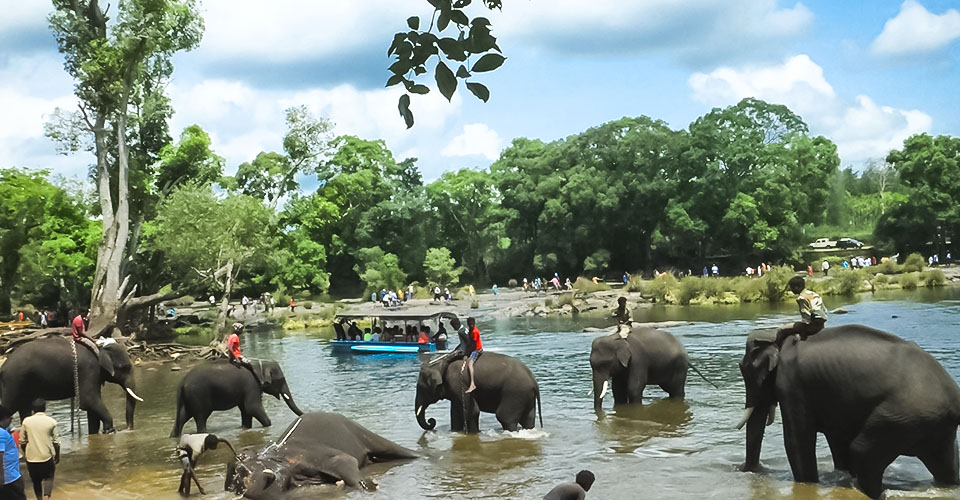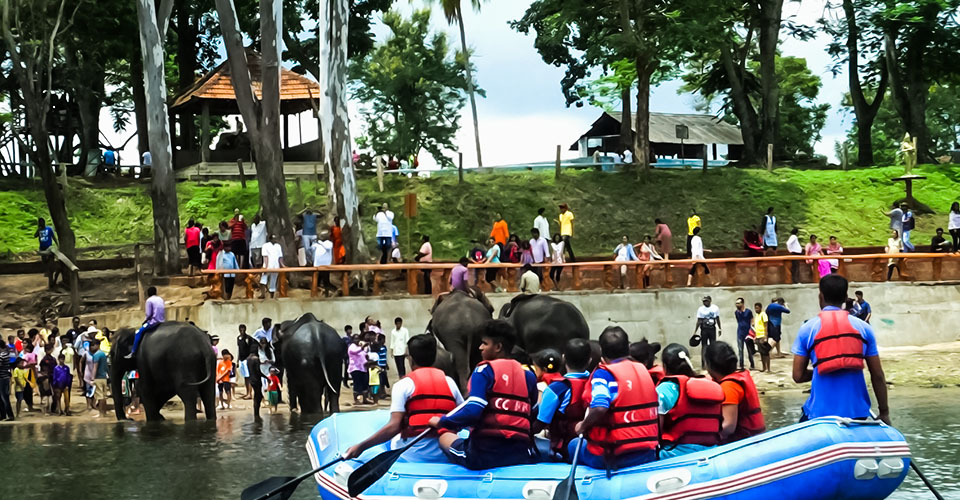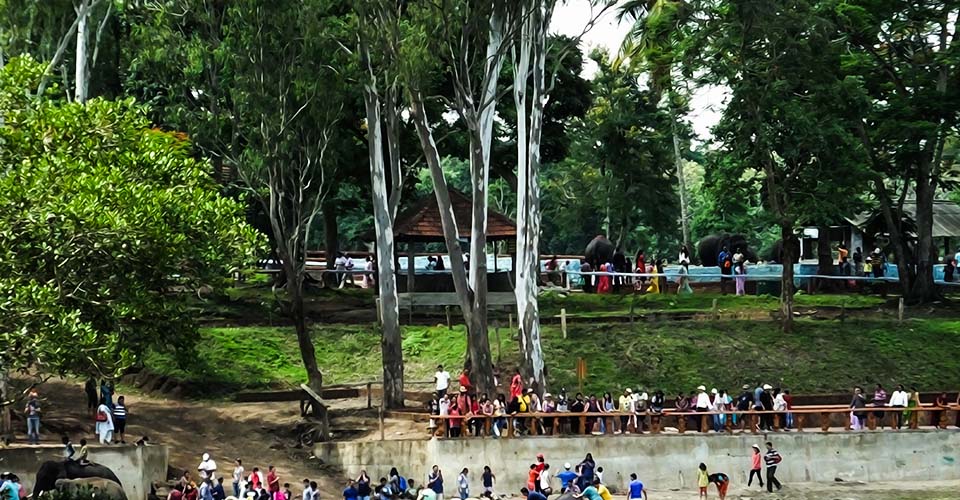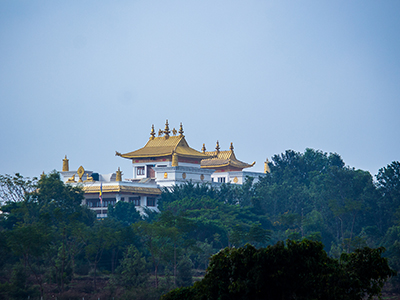
Places to Visit in Bylakuppe
Just 80 km away from Mysore, nestled in Kushalnagar Taluk of Kodagu district, Bylakuppe is home to several Tibetan settlements. Bylakuppe is the second largest Tibetan settlement after Dharmshala in the world. These Tibetan settlements were set up in the year 1961 and 1969 and now are full-fledged townships.
Home to more than 70000 Tibetans, Bylakuppe houses the largest Buddhist Monastery in South India. The fluttering Buddhist flags, captivating mountains and valleys, aromas of coffee plantations, and the peaceful ambience and positive vibes ensure that you have entered Bylakuppe. If you aspire for a calm and peaceful time that blends with amazing landscapes and spirituality, Bylakuppe is the place for you. Bylakuppe is primarily a monastery town but can also add Dubare Elephant Camp and reservoirs to the itinerary. Even if you do not believe, indulge in spinning the prayer wheels for the calm and peaceful experience of divinity. Prayer wheels are also believed to bring good luck and prosperity.
Namdroling Monastery
Built-in 1963, Namdroling is one of the biggest monasteries in the world. One of the most popular and biggest monasteries in Bylakuppe is Namdroling which is also home to the famous Golden Temple. The complex is also home to schools, colleges and a hospital apart from being home to almost 4000 monks and nuns. The monastery is famous for its copper and gold-plated Buddha statue which is one of its kind. Spend some quality time in tranquillity and the calmness of the monastery by meditating or just observing monks. The powerful yet soothing chants of the monks will take you to the divinity of another level.
Tashi Lhungo Monastery
Re-established in 1972 under the guidance of His Holiness Dalai Lama, Tashi Lhunpo Monastery was originally founded in 1447 in Tibet. Located just 3 km from Namdroling Monastery, Tashi can be reached either by walking or the local commute Tuk Tuk, an auto rickshaw. Nestled in a beautiful and quaint natural setting, the monastery follows the same traditions and principles practised in Tibet. With the support and encouragement of His Holiness Dalai Lama, the monastery is gradually becoming one of the major Tibet Buddhist education centres and practice exile in India.
Sera Monastery
Sera Monastery in Bylakuppe was built on the lines of the famous monastery Lhasa dating back to 1419 after the exile of 1959 when monks came to India. The monastery should be visited for its exquisite murals paintings and amazing craftsmanship of Tibetan art. The monastery comprises two parts Sera Jey and Sera Mey and is one of the largest Buddhist communities outside Tibet. This Bylakuppe monastery humbly is an abode to almost 5000 members. The universities and the monastery lie within the Gyelug School premises, also known as the Yellow hat school which is famous for teaching debating skills.
Dubare Elephant Camp
How is it even possible that you visit Bylakuppe and not visit Dubare Elephant Camp? Dubare Elephant camp is a must-experience for not just elephant lovers but also for those who love to watch some lively acts of playfulness and love. Get a peek-a-boo and hands-on experience playing with elephants. Dubare is home to the elephants that are trained for the famous Mysore Dasara. A trained naturalist takes the guests through the difficulties of an elephant, ecology and biology. Indulge, rather soak up in the activities like elephant bathing, the divine ritual of applying oil on elephants’ foreheads and tusks and many other aspects of elephant grooming. Bring out the child in you and experience how the elephant food is prepared and yes you can feed them too.
Chiklihole Reservoir
Just 7 km away from Dubare elephant camp, Chiklihole reservoir is located in the lap of nature in Coorg. An ideal location for nature lovers, a paradise for photographers and a perfect destination for those who love to spend time in serenity. A favourite picnic spot on the tributary of River Cauvery, watching the sunset is the most mesmerising moment to be spent here. The main attraction of the reservoir is the semi-circle shape of the dam giving breath-taking views, especially after the monsoon. The best time to visit the reservoir is post-monsoon and winter when the water-level increases and it is pleasant to spend time in the picturesque landscapes.
How to reach
Bylakuppe is located in Kushalnagar Taluk of the Madikeri district of Karnataka. The closest station however is the Mysore, 88 km away and takes about 2 hours to reach. Bylakuppe is around 11 km from Kushalnagar and takes about 20 minutes to reach.
By Air
The biggest and the closest international airport is Bangalore which is about 260 km and takes about 5 hours and 30 minutes to reach Bylakuppe. The closest domestic airport is Mysore and Kannur in Kerala, 97 km and 75km away respectively. One needs to go by road or rail to reach the last mile.
By Rail
The train doesn’t reach the last mile or the town of Bylakuppe. The nearest railway station is Mysore about 85 km away. From Mysore, one has to reach Bylakuppe only by road. The Mysore station is well connected with the major cities of Karnataka and the rest of the country.
By Road
Bylakuppe is well connected via road with the rest of Karnataka and the neighbouring states. The state-run and private buses are available from Mysore, Mangalore, Bangalore, Madikeri, Tumakuru, Bangalore and Hassan. However, the best way to reach the last mile is to hire a cab or a taxi to enjoy the drive through scenic landscapes.
Best time to Visit Bylakuppe
Although Bylakuppe is a little above sea level and is generally 2-3 degrees lesser than the other regions in the state. However, the best time to visit is from September to March when the climate is very inviting. One might need a warm layer of clothing for the evenings and the mornings. Summers can get harsh and the monsoon is wet and messy.
One can also plan to visit Bylakuppe during the Tibetan New Year festival time called Lhosar from February – March. The celebrations are worth attending.
